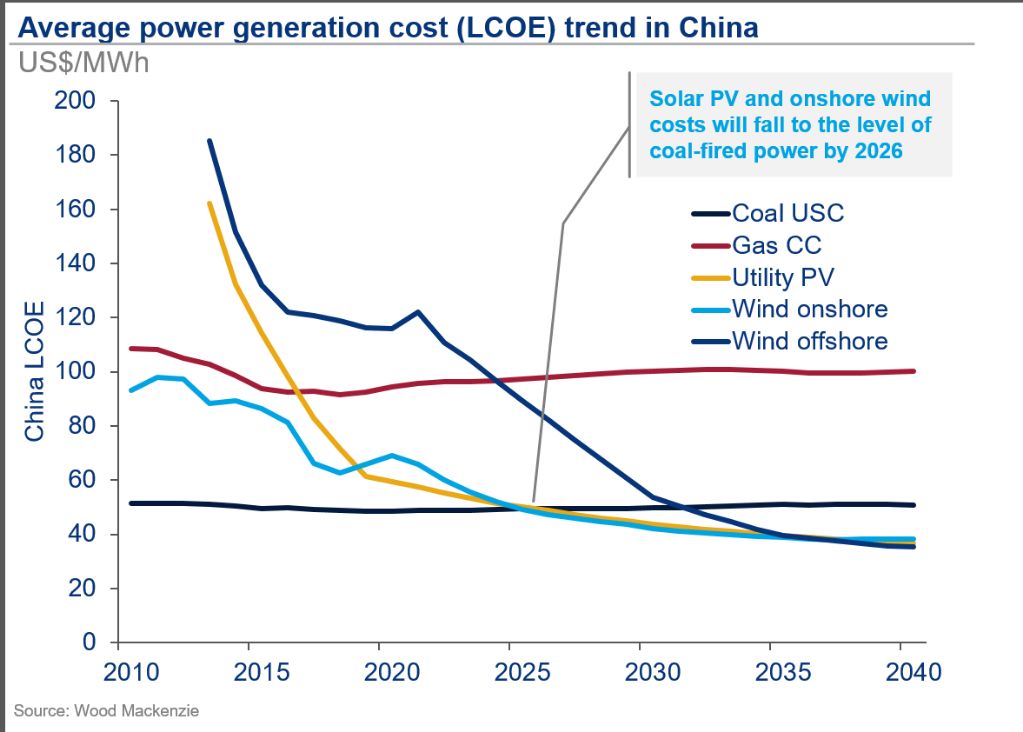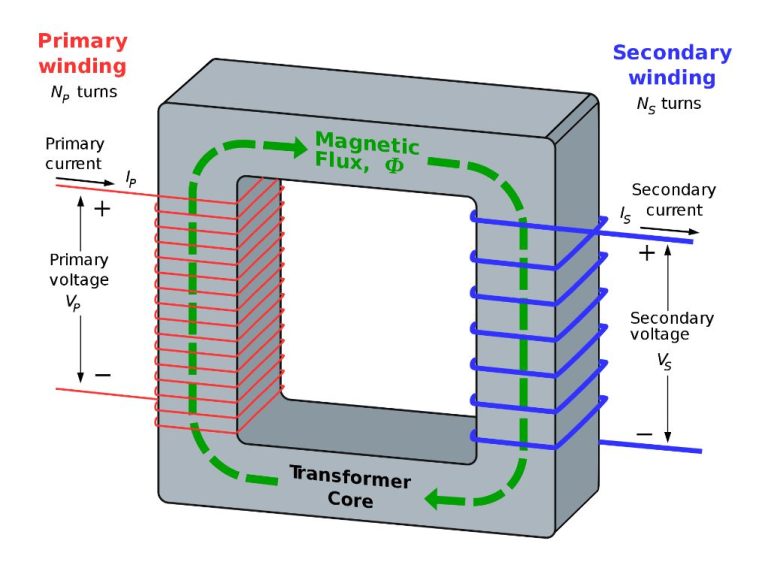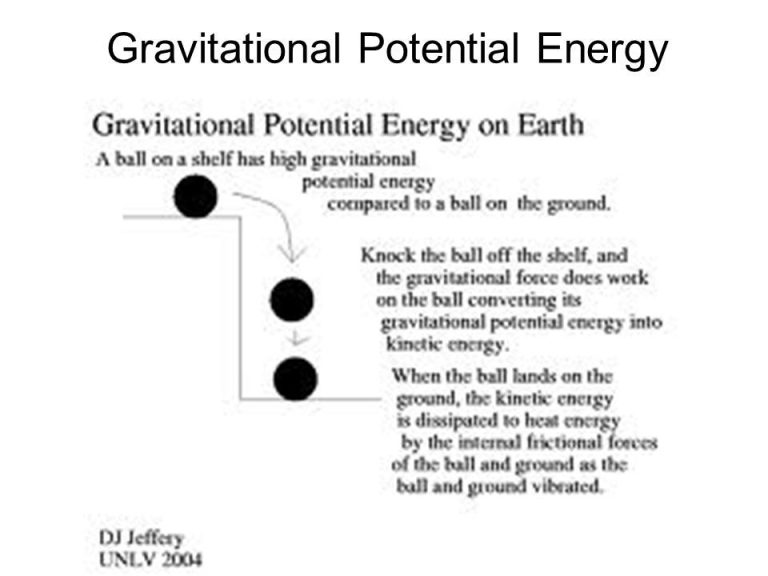Is The Us Renewable Energy Vs Coal?
The United States has historically relied heavily on coal to generate electricity and power major industries. But over the last decade, the growth of renewable energy sources like wind and solar has challenged coal’s dominance. America now stands at an energy crossroads, deciding whether to continue investing in established fossil fuels or accelerate the transition to cleaner renewables. This report examines the evolving competition between renewable energy and coal in the US power mix.
Current Energy Mix in the US
The current energy mix in the United States is still dominated by fossil fuels like petroleum, natural gas, and coal. However, renewable energy sources have been rapidly expanding their share over the last decade.
As of 2020, renewables accounted for about 20% of U.S. energy production. The main renewable sources were wind power (8.4%), hydroelectric power (2.3%), solar power (2.3%), and biofuels (4.9%). In comparison, fossil fuels accounted for about 80% of energy production, with natural gas making up the largest share at 38%, followed by petroleum at 32% and coal at 11%.
The share of renewables has grown substantially, up from just 11% in 2010. In particular, wind and solar have seen dramatic growth over the last decade, with each increasing over 500% in electricity generation. At the same time, coal has steeply declined, dropping from 45% of electricity generation in 2010 down to just 20% in 2020.
Growth of Renewables
Renewable energy has seen tremendous growth in the United States over the past decade. This growth has been driven by several factors:
- Falling costs – The costs of renewable energy technologies like solar and wind have declined dramatically, making them more competitive with conventional sources like coal and natural gas.
- Supportive policies – Renewable portfolio standards, tax credits, and other policies at both the federal and state levels have encouraged rapid deployment of renewables.
- Corporate and investor demand – Major companies have pledged to switch to 100% renewable electricity and large investors like Warren Buffet have invested billions into clean energy.
As a result, the renewable energy sector has achieved impressive gains in capacity and electricity generation:
– Solar power capacity has grown over 40-fold from 2,500 megawatts (MW) in 2009 to over 100,000 MW in 2021. Utility-scale solar accounted for 3% of total U.S. electricity generation in 2020, up from just 0.1% in 2010.
– Wind power capacity has quadrupled from 35,000 MW in 2009 to over 122,000 MW in 2021. Wind generated 8.4% of U.S. electricity in 2020, compared to just 1.3% in 2009.
– Other renewables like geothermal and biomass have seen more modest but steady growth in capacity and generation.
With continued cost declines and supportive policies, U.S. renewables are poised for massive growth in the coming decades as they displace fossil fuels.
Decline of Coal
Coal has been in decline in the United States over the past decade. According to the U.S. Energy Information Administration, coal-fired electricity generation capacity peaked at 314 gigawatts (GW) in 2011 and has declined to 230 GW as of 2021, a decrease of 27%. Electricity generation from coal has followed a similar downward trajectory, peaking at 2,016 terawatt-hours (TWh) in 2007 and declining to 966 TWh in 2021, a drop of over 50%.
Several factors have contributed to coal’s decline. Cheap, abundant natural gas from fracking has displaced coal for electricity generation. The cost of renewables like solar and wind have fallen dramatically, making them more competitive than coal. Government regulations like the Mercury and Air Toxics Standards have increased the cost of operating coal plants. There has also been growing public concern and protest against coal due to its disproportionate impact on air and water pollution compared to other energy sources. Most forecasts project coal will continue to decline in the coming years and be overtaken by renewables within the next decade.
Cost Comparisons

In recent years, the costs of renewable energy like wind and solar have fallen significantly, becoming cost competitive and in many cases now cheaper than coal and other fossil fuels per unit of electricity generated. This cost decline has been driven by factors like technology improvements, manufacturing scale, competitive procurement, and rising production tax credits.
Analysts often use the metric of levelized cost of energy (LCOE) to compare the costs of different power generation technologies. LCOE represents the average cost per unit of electricity generated over the lifetime of the project, including upfront capital costs, financing costs, fuel costs, fixed and variable operating costs, utilization rates and assumed lifetime.
According to Lazard’s latest Levelized Cost of Energy Analysis from 2020, the unsubsidized LCOE for onshore wind ranges from $26-54/MWh, compared to $65-159/MWh for coal. The unsubsidized LCOE for utility-scale solar PV is now $26-44/MWh, also less than coal. Even with subsidies or tax credits factored in, coal remains more expensive than these renewable alternatives in most cases.
Environmental Impact
When considering renewable energy versus coal for electricity generation, it’s important to evaluate the environmental impacts. Coal power plants produce significant air pollution emissions such as sulfur dioxide, nitrogen oxides, particulate matter, and mercury. Coal-burning power plants are the largest source of these pollutants in the United States according to the Union of Concerned Scientists. These emissions can contribute to acid rain, smog, and health issues in humans.
In contrast, renewable energy technologies like wind, solar, and hydro have very low or negligible emissions when generating electricity. Wind and solar PV systems produce electricity with no air or water emissions. Hydropower may have limited methane emissions from reservoirs, but these are generally much lower than coal plant emissions. Renewables are also sustainable energy resources that can be replenished, unlike finite fossil fuels. Switching from coal power to renewable energy can greatly reduce air emissions and environmental impacts from the electricity sector.
Job Creation
The renewable energy industry has been a major engine for job growth in the United States over the past decade. According to the 2022 U.S. Energy and Employment Report, clean energy employers added over 500,000 jobs in 2021, outpacing the overall economy by 4 times. The solar and wind industries account for the bulk of these jobs, with over 374,000 employed in solar and over 135,000 in wind energy.
In contrast, the coal industry has been shedding jobs for years. Since the 1980s, coal mining employment has declined by over 84% due to mechanization and declining domestic demand. In 2021 there were only around 37,000 coal mining jobs left in the entire country. While renewable energy jobs are expected to continue growing rapidly, coal industry employment will likely keep declining as coal plants shut down.
Not only are there more renewable energy jobs than coal jobs, but they also offer better pay and benefits on average. According to Bureau of Labor Statistics data, solar installers earn a median wage of over $46,000 per year while wind turbine technicians earn over $56,000. Coal mining jobs may pay well but are more dangerous and less stable as the industry shrinks.
The renewable energy transition represents a major opportunity to create millions of stable, good-paying jobs across America. Swapping polluting fossil fuel jobs for clean energy jobs can benefit workers and the environment at the same time.
Energy Storage
One of the key developments helping drive the shift to renewable energy in the US has been the rapid advancement of battery storage technology. Lithium-ion batteries have become significantly cheaper over the past decade, leading to major growth in energy storage projects. These large-scale battery installations can store excess solar and wind energy when generation exceeds demand. The stored energy can then be discharged during periods of peak demand or when solar/wind output is low. This helps smooth out the inherent variability of renewable resources.
With the help of battery storage, intermittent renewables can provide similar grid reliability as traditional baseload power plants. Renewables paired with storage can deliver electricity 24/7. The flexibility of battery storage also enables greater optimization of renewable assets. Overall, the growth in battery storage is allowing far higher penetration of renewables onto the US grid. Major storage projects by companies like Tesla are accelerating the transition away from coal and towards sustainable energy.
Policy Support
In recent years, there has been a major shift in government policies that favor renewable energy sources like solar and wind over coal. Key policies include:
The Production Tax Credit provides tax incentives for electricity generated from renewable sources. This credit has spurred significant growth in the wind industry since its introduction in 1992. The solar industry has benefited from a similar Investment Tax Credit.
Many states have implemented Renewable Portfolio Standards which require utilities to source a minimum percentage of their electricity from renewables. As these standards ramp up over time, it will phase out coal-fired generation.
The Environmental Protection Agency has enacted emissions regulations like the Clean Power Plan to limit pollution from coal plants. This is accelerating the retirement of old, inefficient coal plants.
Market-based mechanisms like cap-and-trade programs also make high-emissions coal plants less economically viable. The Regional Greenhouse Gas Initiative in the Northeast has succeeded in reducing emissions.
The Green New Deal resolution proposed massive investments in renewable energy infrastructure to facilitate the transition away from fossil fuels. While not enacted, it signaled momentum behind policies aimed at phasing out coal.
With many experts predicting the heyday of coal is over, government policies will likely continue to incentivize renewables over coal in the coming years.
Future Outlook
The future is looking bright for renewables in the US, while the outlook for coal continues to dim. Projections show strong continued growth for wind and solar power, as costs continue to fall and more capacity comes online. Renewables are expected to overtake coal and become the largest source of electricity generation in the US within the next decade.
Coal power, on the other hand, will continue its downward trajectory as plant retirements outpace new capacity. Low natural gas prices, environmental regulations, and increasing competition from renewables have made most coal plants uneconomical. Utility and corporate sustainability goals will also drive the shift away from coal. While coal will remain a part of the energy mix for now, its share of generation will shrink substantially in the coming years.
Government policy will play an important role in shaping the speed and extent of the renewable energy transition. However, market forces appear to be the primary driver, as renewables have become cost-competitive with fossil fuels. Barring any major policy changes, the general trend towards cheaper renewables displacing coal will persist, cementing the US transition to a cleaner electricity system.





